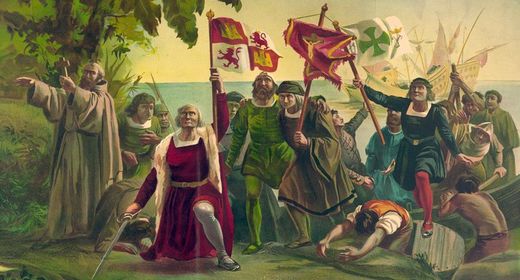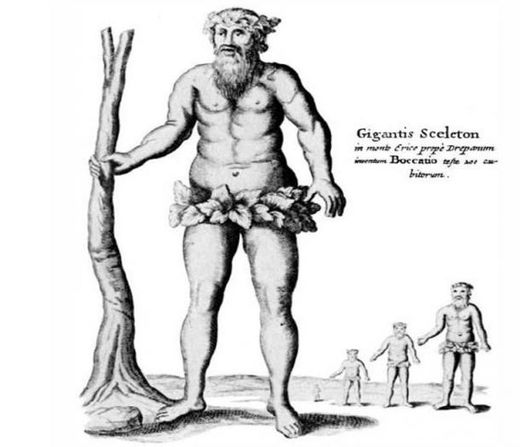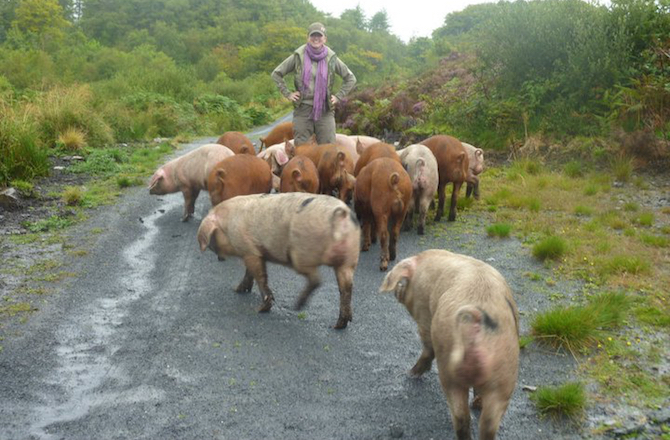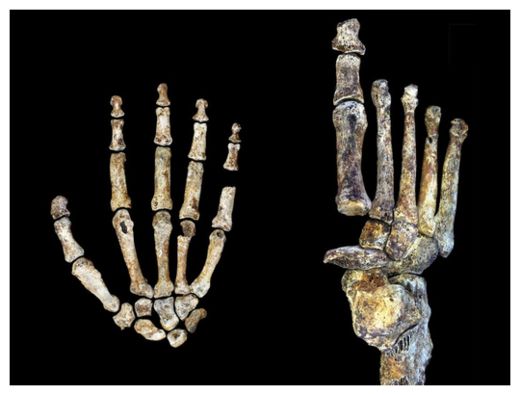OF THE
TIMES


"We are very early in our research and I am only able to provide a general overview of what we have found. I don't want to make claims based on speculation since our work is ongoing. Because of the size of the skeletons, this has both anthropological and medical implications," reports Cuenca Highlife.
Joanelle Romero began putting this film together in 1995. It was originally intended to be a 90 minute film, but due to a lack of funding, this 29 minute version released in 2001 is all that's been completed so far.
Romero traces direct connections between the Nazi holocaust and the slaughter of millions of Native Americans - at least 19 million by conservative estimates.
The powerful and hard-hitting documentary, American Holocaust, is quite possibly the only film that reveals the link between the Nazi holocaust, which claimed at least 6 million Jews, and the American Holocaust which claimed, according to conservative estimates, 19 million Indigenous People.
It is seldom noted anywhere in fact, be it in textbooks or on the internet, that Hitler studied Americas Indian policy, and used it as a model for what he termed the final solution.


Comment: If the information in the article above was not enough to depict the true genocidal nature of Columbus read the following articles for more on this vindictive tyrant: